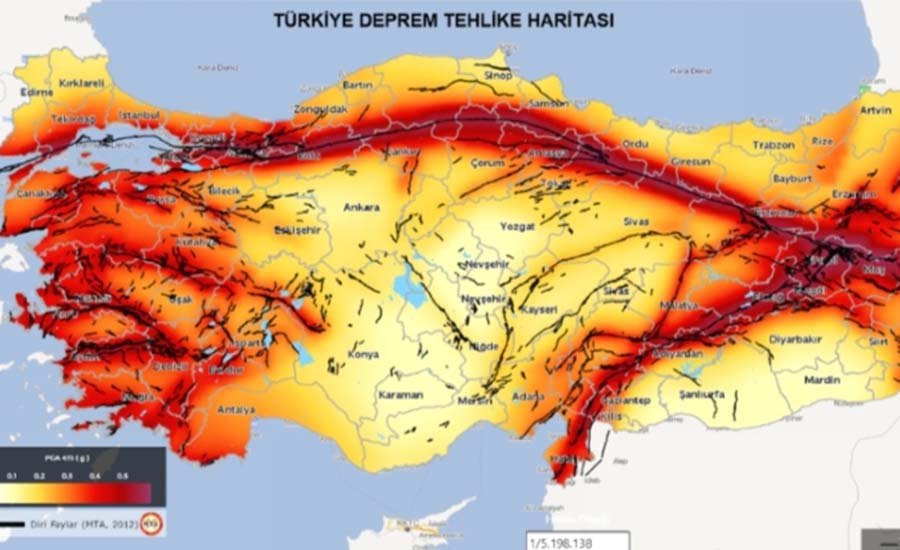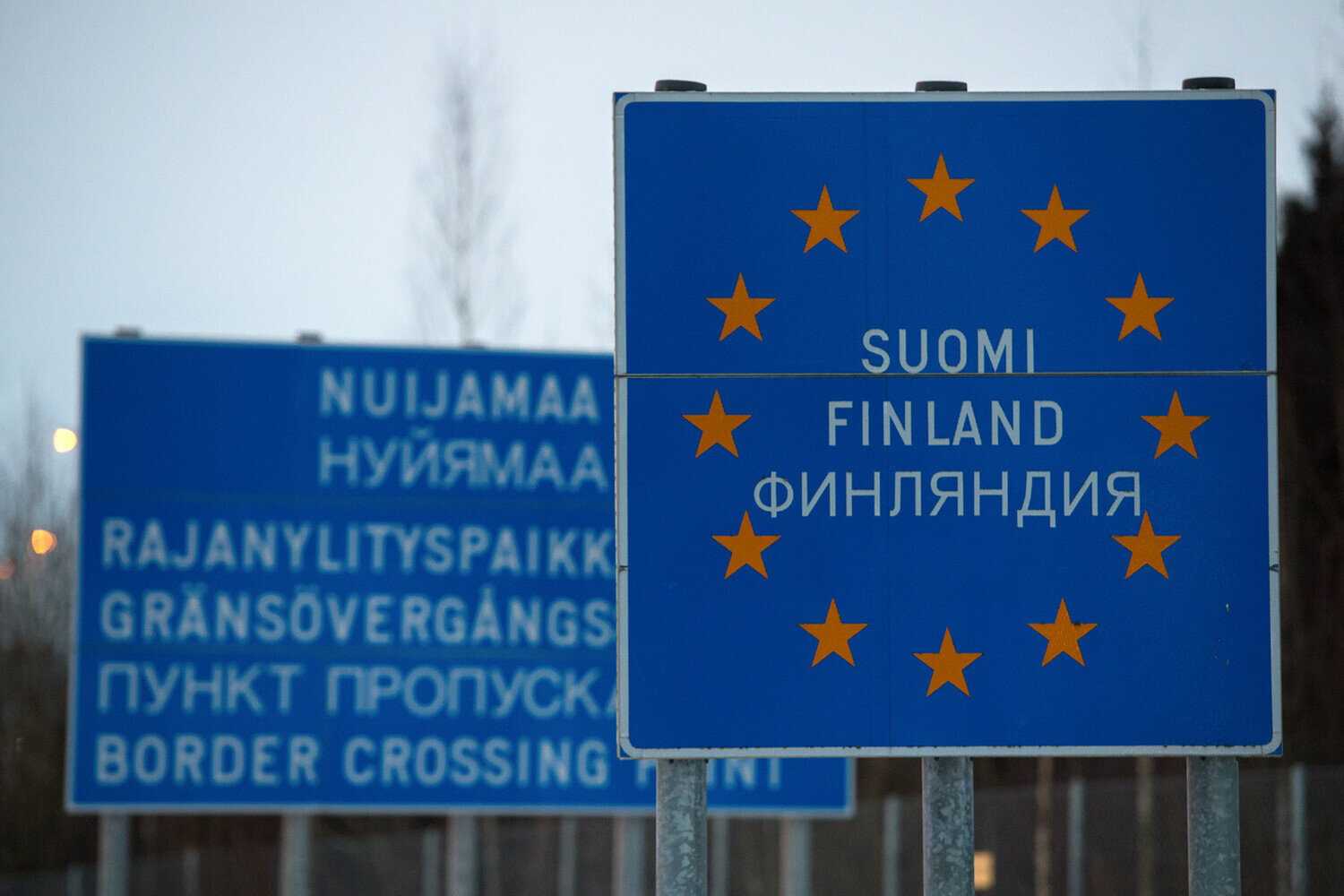читайте также
 New housing rental rules in Greece
New housing rental rules in Greece
 Turkey at the Epicenter of Seismic Risk: 100 Earthquakes a Day
Turkey at the Epicenter of Seismic Risk: 100 Earthquakes a Day
 Global Wealth Map: The U.S. Maintains Leadership, Asia Strengthens Its Position
Global Wealth Map: The U.S. Maintains Leadership, Asia Strengthens Its Position
 Money Transfers to Georgia Increase: USA, Italy and Russia Lead
Money Transfers to Georgia Increase: USA, Italy and Russia Lead
 Londoners no longer want to buy property outside the city
Londoners no longer want to buy property outside the city
 Housing in Bosnia and Herzegovina: prices, yields, and risks in 2025
Housing in Bosnia and Herzegovina: prices, yields, and risks in 2025
The Russian-speaking population of Finland has exceeded 100,000 people, and the overall number of non-Finnish-speaking residents now accounts for more than 11 percent

By the end of 2024, the number of Russian-speaking residents in Finland reached 102,488 people, increasing by 30,000 over the past decade, according to the Statistics Finland.
This makes Russian speakers the largest group among those whose native language is not Finnish. The total number of residents whose native language is neither Finnish, Swedish, nor Sámi amounted to 610,000 people—almost 11% of the country’s population.
In 2023, Finland welcomed a record number of immigrants—78,977 people, significantly surpassing figures from previous years, reports the official bulletin of the LAB University of Applied Sciences. Russian speakers constitute a significant portion of this influx, which is reflected in various sectors of the economy.
Immigrants, including Russian speakers, play an important role in alleviating labor shortages, especially in small and medium-sized businesses. However, language barriers remain a serious obstacle: 80.6% of foreign workers, according to LAB, face difficulties communicating in the workplace, which can lead to misunderstandings and reduced efficiency.
In 2022, international tourism brought Finland €3.5 billion, up 31% compared to the previous year. These figures were published by the Government of Finland. Particularly strong growth was recorded in the regions of Uusimaa (+65%), Lapland (+46%), and the Åland Islands (+7%). Russian-speaking tourists, due to cultural proximity and geographic accessibility, make a substantial contribution to this sector.
Cities with a high concentration of immigrants, such as Espoo—where 25% of the population has a foreign background—are experiencing increased demand for housing. This leads to rising real estate prices and stimulates infrastructure development in these areas.
It is expected that by 2030, the share of the population speaking foreign languages will reach 15%, with Russian speakers maintaining a leading position. This will require adjustments in public policy in education, healthcare, and integration. The growing linguistic diversity may become both a challenge and an opportunity for Finland in the context of globalization.
The growth of the Russian-speaking population and the overall increase in linguistic diversity in Finland have a significant impact on the national economy. Effective integration requires that these changes be reflected in public policy and supported by programs aimed at promoting the social and economic inclusion of immigrants.





